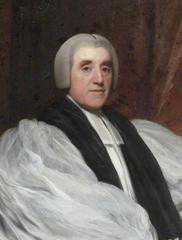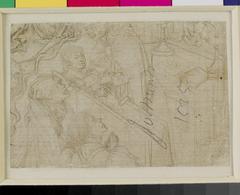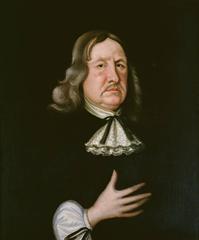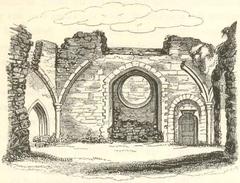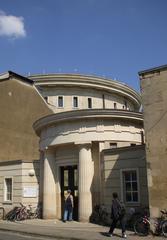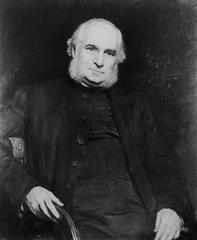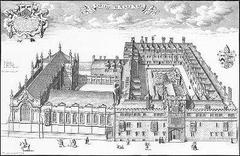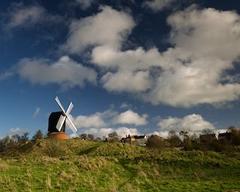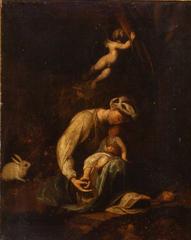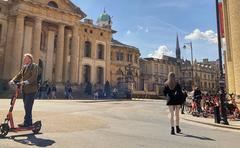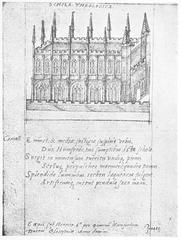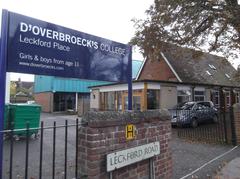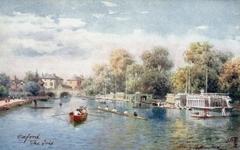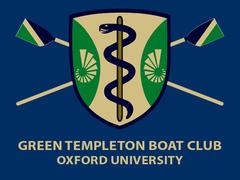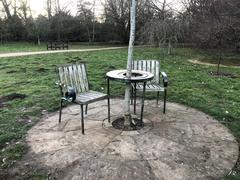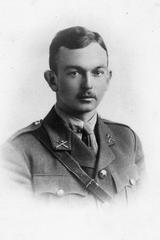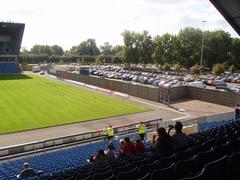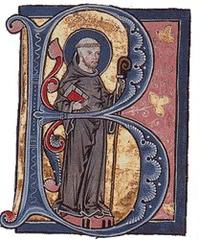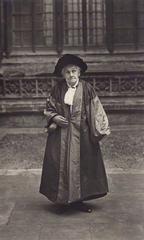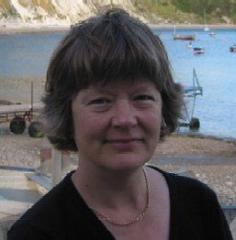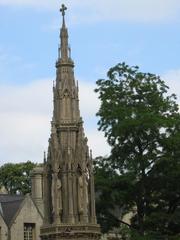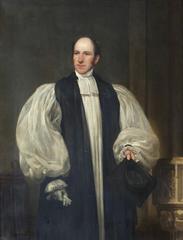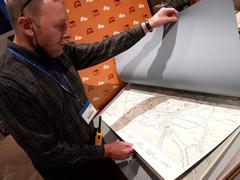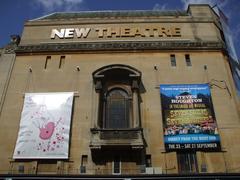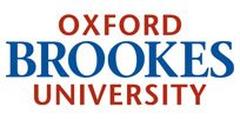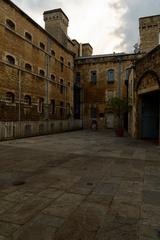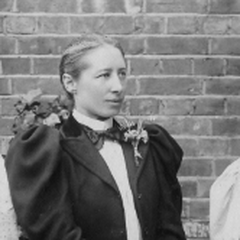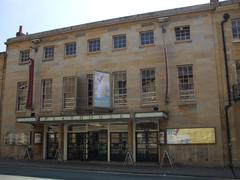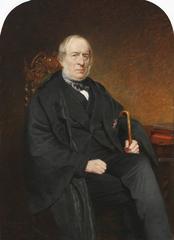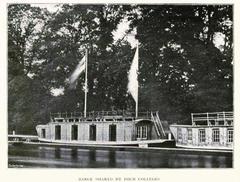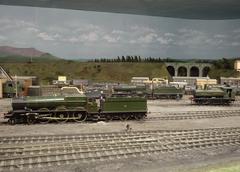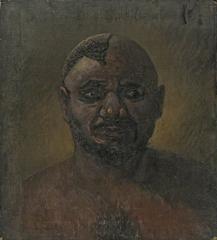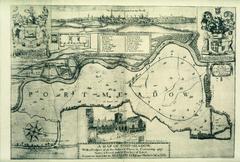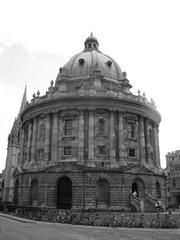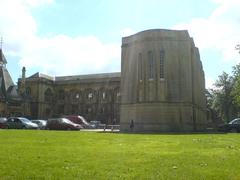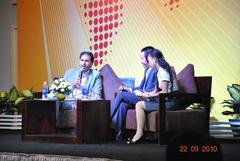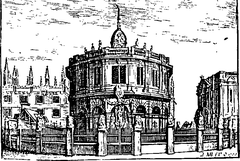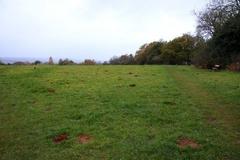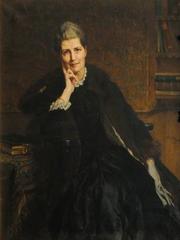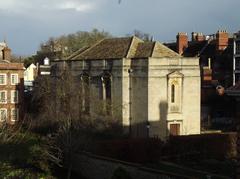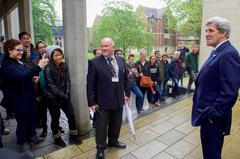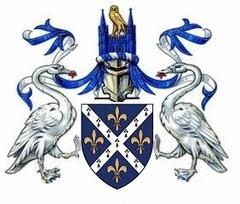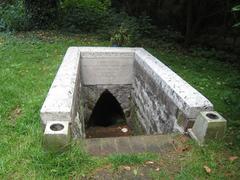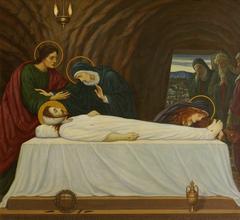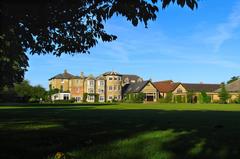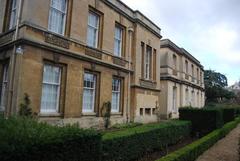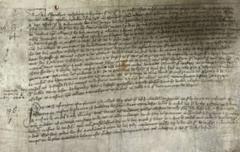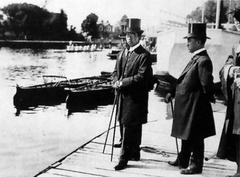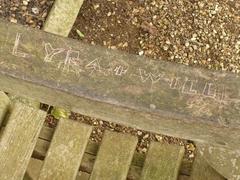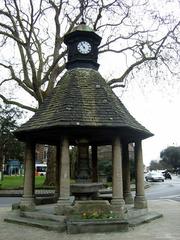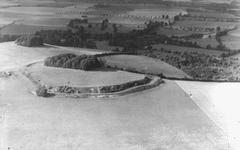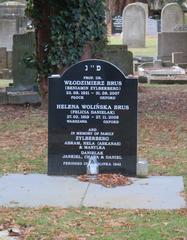Manor Ground Oxford: Visiting Guide, History, and Heritage
Date: 04/07/2025
Introduction
Nestled in Headington, Oxford, the Manor Ground was a cornerstone of the city’s sporting and community identity for over seventy years. Established in 1925, it served as the home stadium for Oxford United Football Club—originally Headington United—until its demolition in 2001. The Manor Ground’s story weaves together threads of local football, archaeological discovery, and community spirit, enduring in Oxford’s collective memory long after the last whistle blew (English Local History). Today, while the stadium itself is gone, visitors and football enthusiasts can explore its legacy through historical sites, museum exhibits, and guided tours.
This comprehensive guide details the history of the Manor Ground, practical visitor information, travel tips, accessibility, and local attractions, offering an in-depth look for anyone interested in Oxford’s sporting heritage or planning a visit to related sites.
Table of Contents
- Introduction
- Early Origins and Archaeological Significance
- Formation of the Football Club & Early Years
- Construction and Development of the Manor Ground
- Professionalism and the Rise of Oxford United
- Notable Events and Record Attendances
- The Modern Era and Stadium Closure
- Legacy and Visitor Information
- Related Attractions
- Accessibility
- Special Events and Guided Tours
- FAQ
- Summary and Final Tips
- References
Early Origins and Archaeological Significance
Long before football, the Manor Ground’s site was a focal point of human settlement. Archaeological finds have unearthed Bronze and Iron Age pottery, Roman kilns (one displayed at the Museum of Oxford), and traces of Anglo-Saxon burial grounds (English Local History). The area, documented as “Headan dune” in a 1004 charter, was historically a royal hunting ground and the seat of influential manorial families (English Local History).
Formation of the Football Club & Early Years
Football arrived in Headington in the late 19th century, with Headington United formed in 1893 to provide structured recreation for local youth (Oxford History Headington). The club played on various local fields before community fundraising led to the purchase of land from Mattock’s nurseries in the 1920s—laying the foundation for what would become the Manor Ground (Oxford History Headington).
Construction and Development of the Manor Ground
Opened in 1925 at a cost of £10,000, the Manor Ground was designed as a multi-sport recreational hub, hosting football, cricket, tennis, and bowls (Football Ground Guide). The stadium featured distinct stands: Beech Road Stand (west), London Road Stand (south), Cuckoo Lane Stand (north), Osler Road Stand (east), and the open Headington Hill End terrace (Wikipedia). These structures contributed to the ground’s unique and intimate atmosphere.
Professionalism and the Rise of Oxford United
In 1959, Headington United turned professional, rebranding as Oxford United in 1960 to represent the city at large (Oxford History Headington). The club secured the freehold of the Manor Ground in 1961, introducing new terracing and floodlights (Last Word on Sports). Oxford United’s entry into the Football League in 1962 marked a new era, and the stadium was regularly packed for significant matches.
Notable Events and Record Attendances
The Manor Ground’s peak crowd came on 29 February 1964, when 22,750 fans watched Oxford United face Preston North End in the FA Cup sixth round (Football Ground Guide). The stadium also hosted rugby and the Oxfordshire Sevens, underscoring its versatility. Notable incidents included the 1947 Thames flood, which submerged the pitch.
The Modern Era and Stadium Closure
By the 1990s, the Manor Ground could not meet the all-seater safety requirements mandated after the Hillsborough disaster (Wikipedia). Oxford United’s move to the purpose-built Kassam Stadium in 2001 closed a 76-year chapter (Football Ground Guide). The original ground was demolished, and the site redeveloped as the Manor Hospital and residential housing (Hoppers Guide).
Legacy and Visitor Information
Can You Visit the Manor Ground?
No stadium structures remain. The site is now private property, with the Manor Hospital occupying most of the land. There are no official visiting hours, tours, or ticketed access available. However, a commemorative plaque marks the location, and memorabilia can be seen in nearby pubs and the Museum of Oxford.
Access and Transport
- Bus: Regular services link Oxford city centre to Headington (routes 8, 9, U1) (Oxford Bus Company).
- Rail: Oxford Station is 2.5 miles away; buses and taxis provide onward connections.
- Car: Limited on-street and pay-and-display parking nearby (Oxford City Council Parking).
- Walking/Cycling: Headington is accessible via pleasant footpaths and cycle routes from central Oxford.
Photographic Spots & Commemorations
The commemorative plaque near the Manor Hospital and the area’s street layout offer photo opportunities. Local pubs, such as The Black Boy and The Six Bells, display Oxford United memorabilia.
Related Attractions
- Kassam Stadium: Oxford United’s current home, with guided tours and matchday experiences (Kassam Stadium Tours).
- Museum of Oxford: Exhibits local archaeological finds, including those from the Manor Ground.
- Headington Shark: A unique rooftop sculpture nearby.
- Oxford Brookes University: Modern campus with cafes and green spaces.
- Oxford City Centre: Historic colleges, museums, and the Bodleian Library (Oxford Visitor Information).
Accessibility
Headington is generally flat, with accessible public transport and walkways. Blue badge parking is available nearby, and Oxford’s buses are mostly low-floor and wheelchair accessible. For detailed accessibility information, consult the Oxford Access Guide and Manor Road Building Access.
Special Events and Guided Tours
While there are no official tours of the former Manor Ground, themed walking tours and football heritage trails in Oxford sometimes discuss its history (Bodleian Libraries Tours). The Kassam Stadium offers guided tours by appointment, and Oxford United’s proposed new stadium at the Triangle near Kidlington includes plans for heritage displays (BBC News).
Frequently Asked Questions (FAQ)
Q: Can I visit the Manor Ground stadium?
A: No, the site is now a residential and hospital area. However, a commemorative plaque and local memorabilia celebrate its history.
Q: Where can I buy Oxford United tickets?
A: Tickets for matches at the Kassam Stadium and, in the future, at the new Triangle stadium are available via Oxford United’s official website.
Q: Are there tours of the new stadium planned?
A: Yes, guided tours and hospitality packages are planned once the Triangle stadium is completed.
Q: What other football heritage sites can I visit in Oxford?
A: The Kassam Stadium and the Museum of Oxford are recommended for fans and history enthusiasts.
Q: How do I get to the former Manor Ground site?
A: Use public transport from Oxford city centre to Headington, or walk/cycle for a scenic route.
Summary & Final Tips
The Manor Ground is more than a lost stadium; it’s a symbol of Oxford’s enduring community spirit, sporting achievements, and local pride. Although all physical traces have vanished, its memory persists—in the stories told by fans, the exhibits in local museums, and the design inspirations for Oxford United’s future home at the Triangle (BBC News). Visitors can best experience this legacy by exploring Headington, attending matches at the Kassam Stadium, and staying informed on stadium developments.
To deepen your visit, download the Audiala app for guided tours and up-to-date event information. Support local businesses, respect private property, and immerse yourself in Oxford’s rich tapestry of history and football.
References
- English Local History
- Oxford History Headington
- Football Ground Guide
- Wikipedia – Manor Ground (Oxford)
- Last Word on Sports
- Kids Kiddle – Manor Ground (Oxford)
- Hoppers Guide
- BBC News
- Oxford United FC Official History
- Oxford Bus Company
- Oxford City Council Parking
- Oxford Access Guide
- Manor Road Building Access
- Kassam Stadium Tours
- Oxford Visitor Information
- Bodleian Libraries Tours
